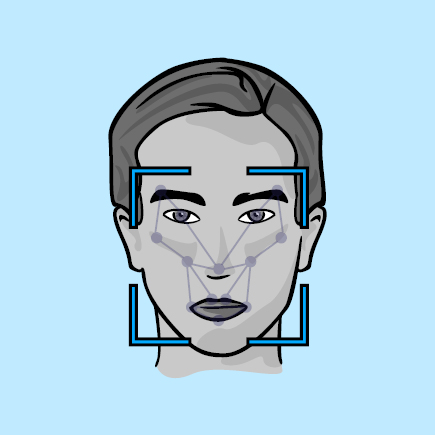Five Key Aspects of Live Facial Recognition You Should Know

Understanding Live Facial Recognition
Live facial recognition (LFR) refers to the use of real-time camera feeds to identify individuals of interest. This innovative technology has far-reaching implications, impacting how we approach security and privacy.
Key Aspects of LFR
- Security Enhancements: LFR increases the ability to monitor and respond to potential threats more effectively.
- Privacy Concerns: The deployment of this tech raises ethical questions about surveillance and personal privacy.
- Widespread Applications: Industries from law enforcement to retail are exploring LFR capabilities.
- Technological Challenges: Accurate identification can be hindered by factors like lighting and occlusions.
Conclusion
As live facial recognition technology continues to evolve, it's vital to stay informed about both its benefits and the associated risks. Balancing security needs with individual rights will shape the future of surveillance.
This article was prepared using information from open sources in accordance with the principles of Ethical Policy. The editorial team is not responsible for absolute accuracy, as it relies on data from the sources referenced.